This year it was a long, slow spring with a late snow surprising the snowdrops who’d thought it was safe to come up by 21st. Feb.
Three days earlier it had been warm enough to lift the lid of my one remaining beehive and see if they were still alive – there they were with stingers extended:
They were furious that their warm winter blanket had been too soon removed. I was actually delighted (well, almost) to receive my first sting of the season. Here is the stinger after I pulled it out, under a 50x magnifier:
A month later the crocus was open and the bees started to work, peacefully this time.
Now in the first week of May they are arriving with many different pollen colors:
They only collect from one flower type at a time. This allows each flower species to be properly pollinated, but to the bee the pollen is only protein and so the pollen is all randomly mixed when they store it in their honeycomb.
Ants and spiders try to enter the hive but few succeed. The marking on this spider (who was inside the hive)
reminds me of the ‘face’ on one I found last year:
This white spider appeared to have overcome the bee and was dragging it away.
The Maumee river rose and fell with the rains and the walleye fisherfolk returned: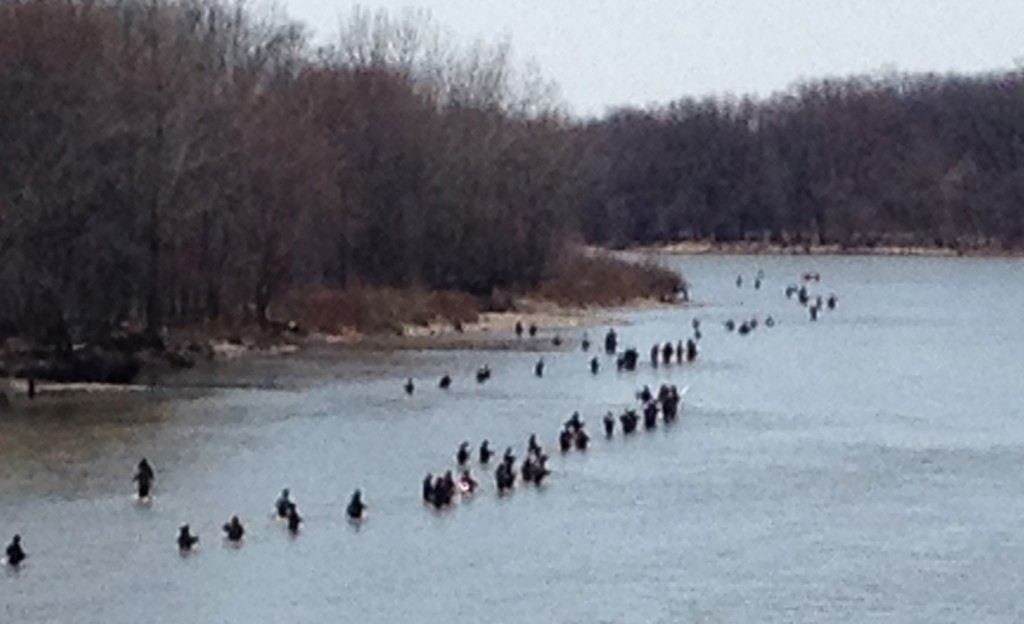
laid up to 6 eggs at a time, but once again at least 5 eggs were randomly dropped and abandoned around the shore of the small island, surprisingly ignored by birds and squirrels.
I’m now told the geese often do this for no apparent reason!
Today (5/8) I saw different families of one, three and twelve goslings each.
But on the grass there was a simple pile of down telling of some sinister happening
There is one lively squirrel who repeatedly travels a treetop route every day – too quick to catch in mid-air with my cell phone camera but I keep trying. Keith at ikedabarry.com kindly morphed my two separate photos, taken seconds apart, into one ‘before and after’, showing the proper gap between the trees – see below:
He then offered me the choice of two images of what I saw, or what I thought I saw. They’re both so great I can’t decide between them:


It also eyes the bird feeder and approaches, claw over claw, on the window screening. Alice the cat enthousiastically watches that.
The magnificent Red Trillium is open.
Its leaf (Later: I think it is the ‘Sepal’ rather than the leaf) sometimes carries a beautiful blaze of red also
The flower reportedly has a carrion odor that attracts flies for pollination.
To me it smelt more like baked ham. Does anyone know the odor of Ontario’s white Trillium?
For years I’ve pulled dandelions in the front garden.
Looking closely I now see where a new leaf and flower stem can readily grow from where the old root snapped during the previous weeding.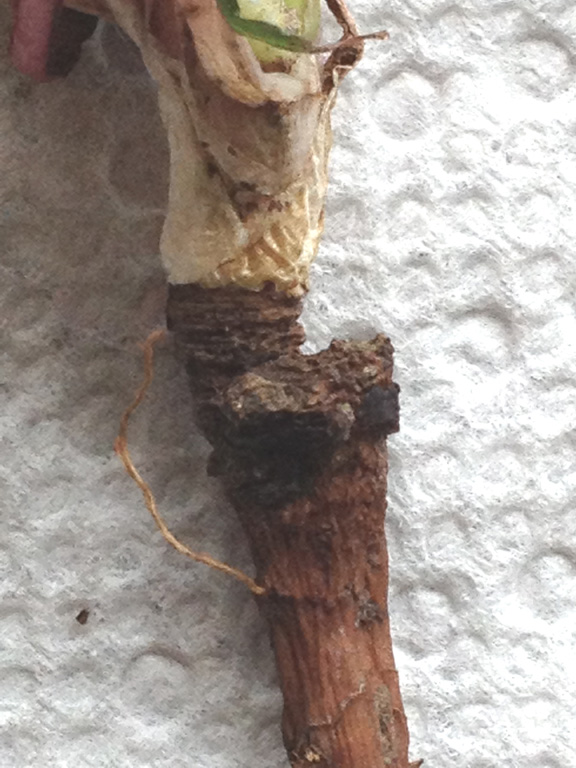
Ohio State Extension says you need to pull 4 to 6 inches (100 to 150 mm) of root when weeding this alien invasive. They say that even then it might still regrow, in which case they simply recommend pulling it again. Good thing I’m retired and have nothing else to do!
A little further along Water Street, beside the X-Country ski trail, are two “Vernal Pools”
In Spring they fill with water and teem with life, then dry up in the summer. Not being connected to the river, they have no fish and so a very different ecosystem can flourish. Scooping a small net immediately catches many strange, to me, creatures. They are so small that water to them is viscous and they swim with peculiar, jerking motions. Hard to persuade them to keep still for my simple 50x magnifier photos. The scale is in mm with the bug immediately below being about 2 mm dia.
I presume the one below is a just hatched egg from the one above.
Later: Naturalist, Karen S. kindly id’d the one above as a Water Flea, and one of its progony below.
She says the next two are Mosquito larvae.
And the last Spring Surprise shows a good reason to keep your meadow grass short and your feet shod, though lacking a rattle tail I doubt it was dangerous. At about 30 inches (750 mm) long I could not immediately identify it on-line. Any suggestions?
Later: Nat S. says it’s a Garter Snake, paler than usual because it might be preparing to shed it’s skin – Thanks Nat.
This one was more anxious to hide in the shrubbery than to attempt to eat the photographer.


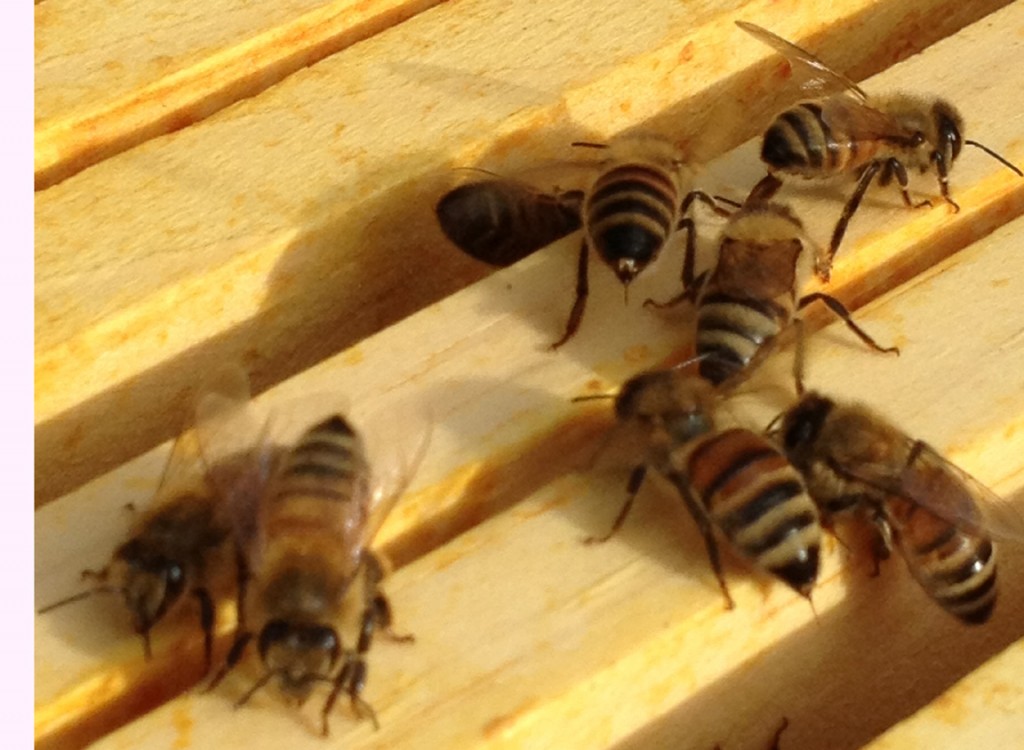

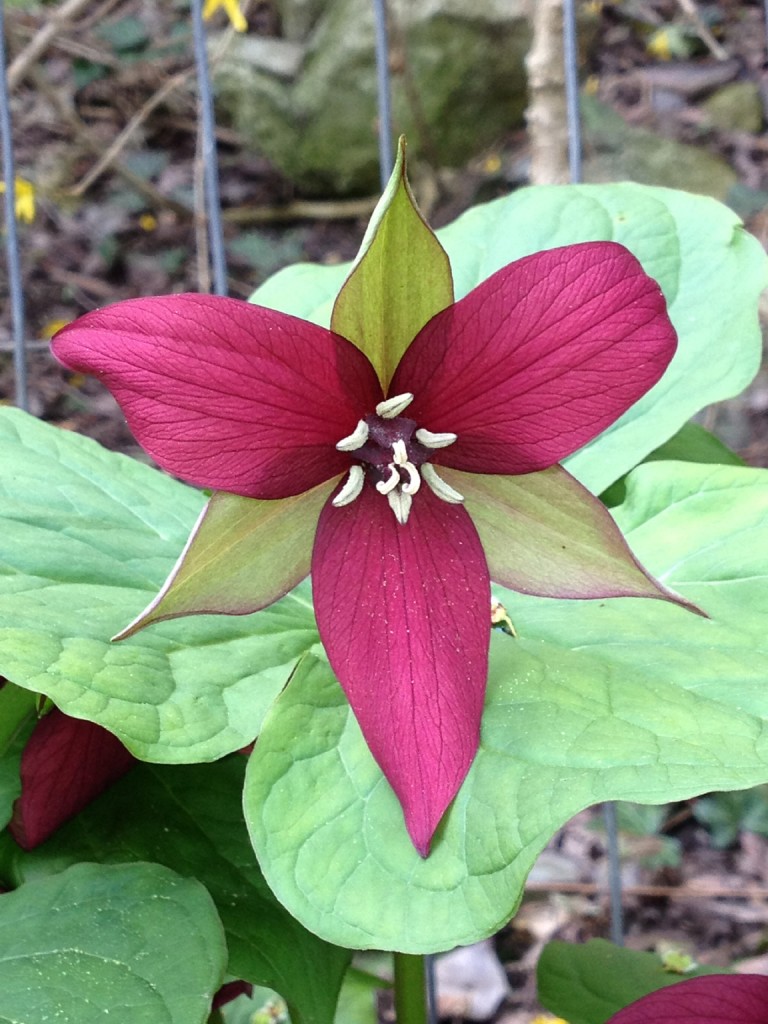

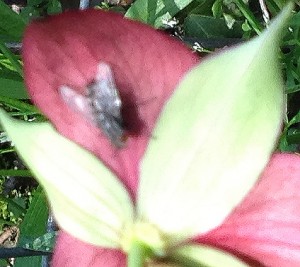





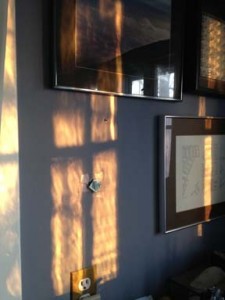
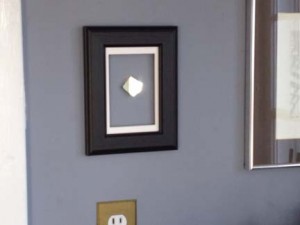


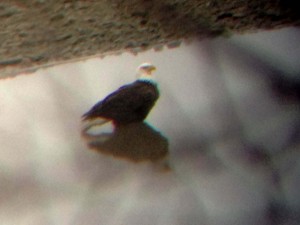

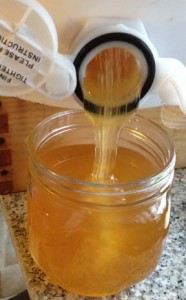

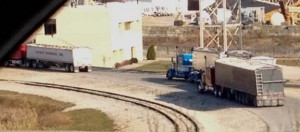


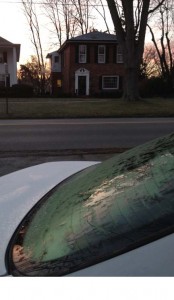

 The imprint is from an olive tree leaf.
The imprint is from an olive tree leaf.








